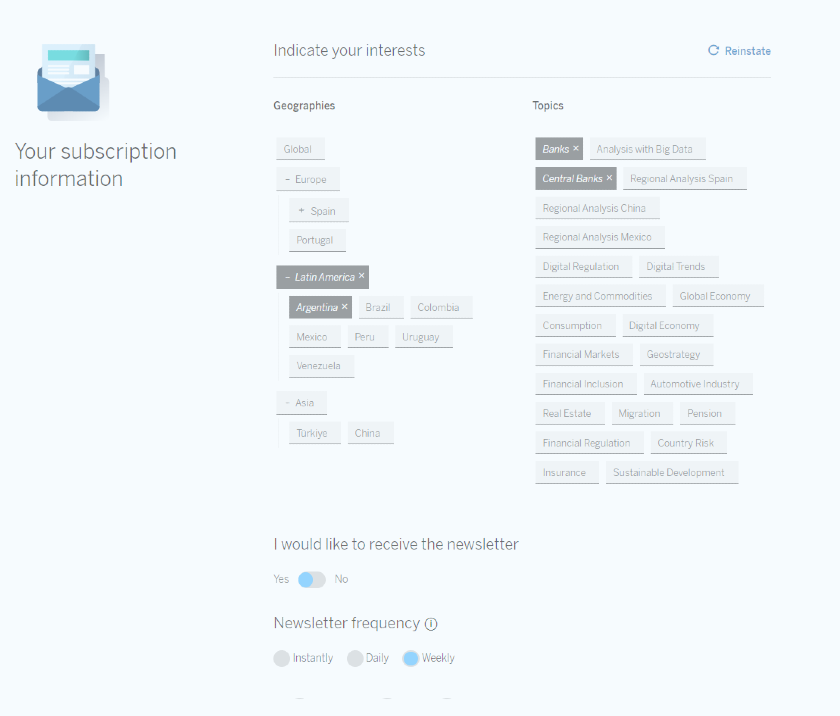November 20, 2024
Colombia | Tourism Outlook. November 2024
Tourism in Colombia hit historic highs in 2023, marked by significant growth in international visitors, revenues, and employment. A diversified offer and domestic tourism drive the sector, yet challenges in infrastructure and sustainability demand focus to unlock its full potential.
- Types of files Downloads:
- Files







